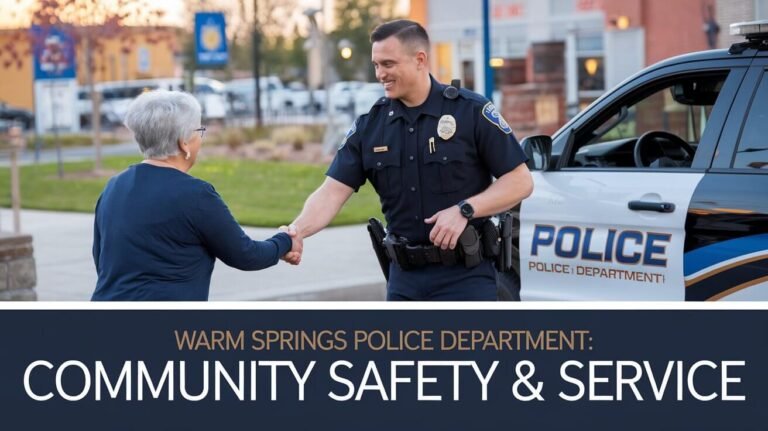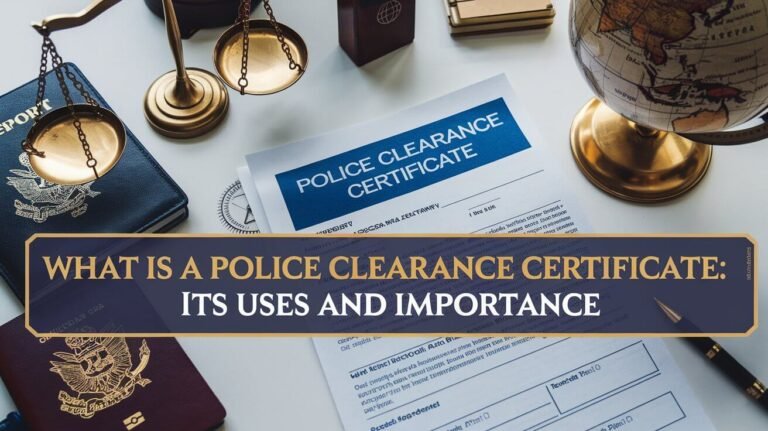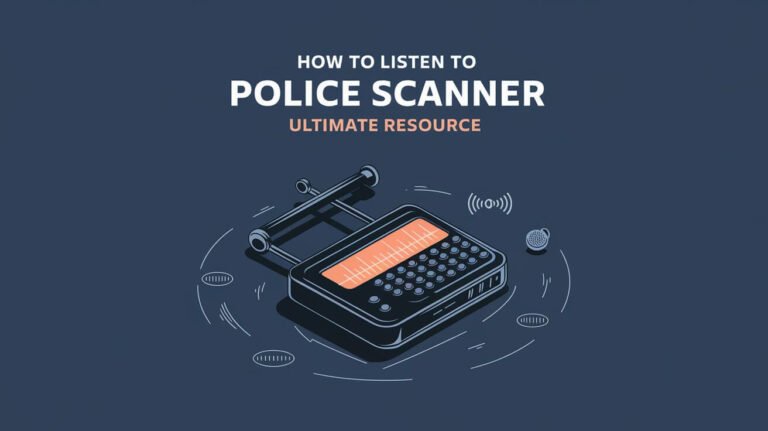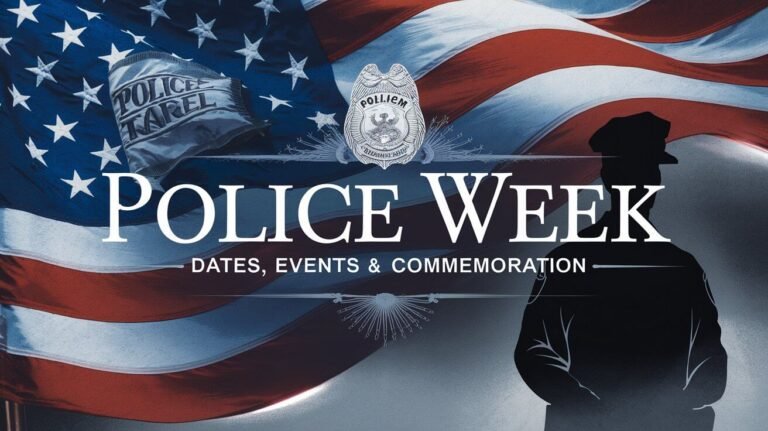10 55 Police Code: Definition, Usage, and Law Enforcement Context
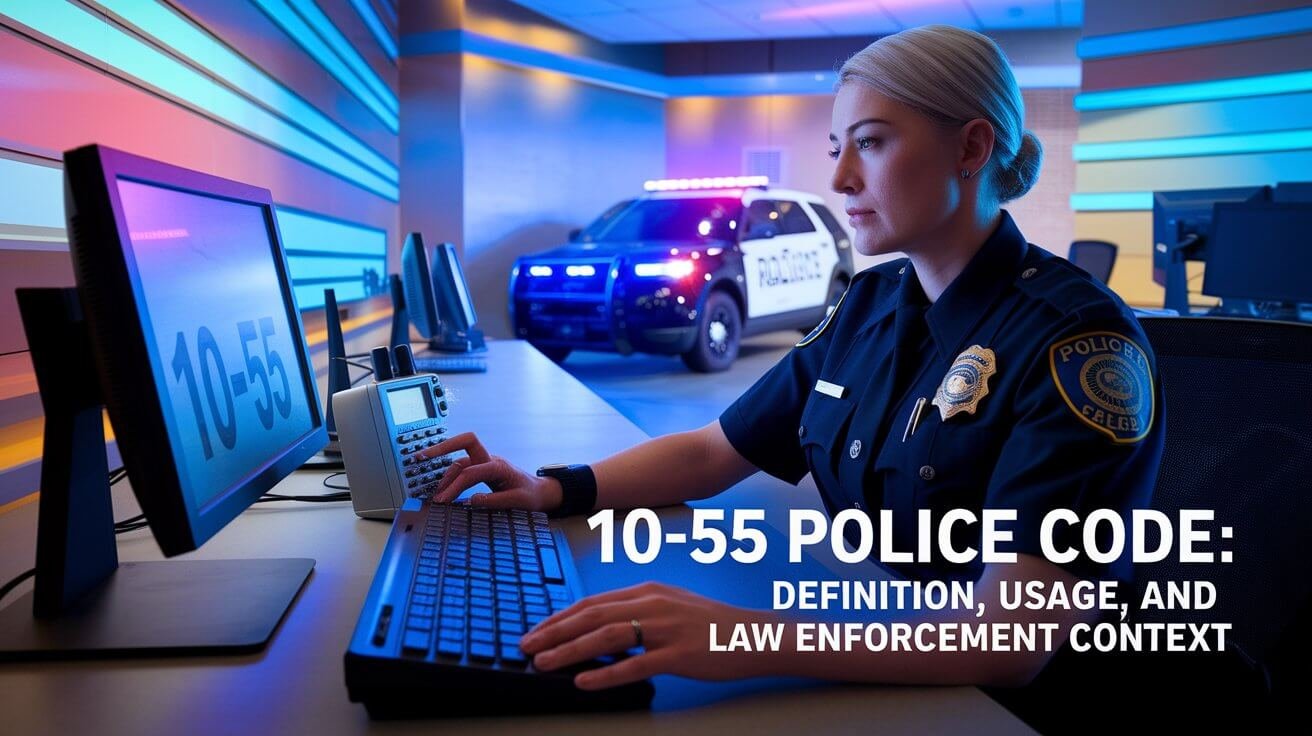
The 10 55 Police Code is key for law enforcement to act fast in emergencies. It helps officers deal with situations like drunk drivers. This code is part of a system used across the U.S. to keep everyone safe.
Police codes, like 10 55, are vital in emergency situations. They let officers share important info quickly and accurately. This is key for a fast and effective response, keeping the public safe.
Knowing these codes is important for both police and the public. It helps create a safer and more informed community. Understanding these codes is essential for effective communication and public safety.
Origins of the 10 55 Police Code
The 10 55 Police Code has a rich history in law enforcement. In the early days, police used simple codes to share important info fast. This started a system that would lead to the 10 55 Code. The story of police codes is interesting, showing how communication in law enforcement has evolved.
Charles Hopper, the Illinois State Police communications director, created the ten-codes in the late 1930s. These codes helped police talk clearly across state lines. By 1940, the Associated Police Communications Officers (APCO) had a list of nearly 100 ten-codes. This made the 10 55 Code a key part of police communication.
Key Milestones in Police Code Development
- The ten-codes were developed by Illinois State Police communications director Charles Hopper in the late 1930s.
- In 1940, the Associated Police Communications Officers (APCO) published a list of nearly 100 ten-codes.
- The popularity of CB radios surged in the wake of the 1973 oil crisis, contributing to the widespread use of the 10 55 Police Code in law enforcement communication.
Knowing where the 10 55 Police Code comes from helps us see how vital communication is in emergencies. The history of police codes shows how important clear and standard communication is. It’s key in emergency situations.
Radio Communication Protocol Structure
Police radio communication protocols help in quick and efficient communication during emergencies. The 10 55 Police Code is a key part of these protocols. It provides a standardized way to share information about intoxicated drivers. This is vital for emergency response and police communication.
Emergency response protocols use specific codes and procedures. For example, the Middleton Police Department’s policy follows FCC rules. It also stresses the need for continuous communication between the Communications Center and officers.
Some key elements of police radio communication protocols include:
- Preset response plans for call natures, which dictate the number of officers dispatched based on the nature of the call
- Priority calls that utilize specific alert tones, such as a steady tone for officers in need of assistance
- Emergency buttons on radios that transmit alerts to the Communications Center, displaying the officer’s radio number and the word “EMERGENCY”
Following these protocols, law enforcement agencies can ensure efficient emergency responses. This keeps communities safe. Effective police radio communication is essential, and the 10 55 Police Code plays a key role in this, facilitating clear communication between officers and dispatchers.
Components of the 10 55 Police Code
The 10 55 Police Code is a detailed system. It has standard response elements, priority classifications, and dispatch procedures. These parts work together for quick and efficient communication in emergencies. They use police code components for law enforcement communication.
Good emergency response protocols need these components to work well together. They ensure critical information is sent quickly and accurately. The 10 55 code helps law enforcement agencies respond fast to emergencies. They focus on urgent communications and coordinate their actions.
Some important parts of the 10 55 Police Code are:
- Standard response elements, which provide a framework for responding to emergency situations
- Priority classifications, which enable law enforcement agencies to prioritize responses based on the severity of the situation
- Dispatch procedures, which outline the protocols for dispatching units to emergency scenes, utilizing law enforcement communication systems to coordinate responses
Law enforcement agencies can improve their emergency response by understanding the 10 55 Police Code. They can handle many situations, from routine traffic incidents to urgent emergencies. They use police code components and emergency response protocols to guide their communication and decisions.
Emergency Response Scenarios
The 10 55 Police Code is key in emergency situations. It helps law enforcement act fast and right in many cases. For example, in car crashes, medical emergencies, and crime scenes, it sends out important info quickly.
Good communication is vital in emergencies, and the 10 55 Police Code helps a lot. It’s used in different urgent situations. Here are a few examples:
- EMS responses for full arrests, which need 2 engines or 1 engine plus 1 quint
- Major accidents on small streets, needing 1 engine with a medic at Priority 3 (P-3)
- Confirmed injuries from major accidents, needing 1 engine plus a quint, or 2 engines, or 2 quints, with a medic at Priority 2 (P-2)
In these urgent cases, the 10 55 Police Code shares critical details. This ensures a quick and effective response. By using the 10 55 Police Code, law enforcement can work better together. This helps save lives and lessen the effects of emergencies.
Dispatch Center Operations
Dispatch centers are key in emergency response. They handle calls, assign resources, and coordinate responses. In the U.S., each city has its own 911 codes, like the 10-series for incident types. For example, “10-31” means a structure fire, and “10-50” means an auto accident.
These codes are vital for quick communication in emergencies. They help dispatch centers work efficiently.
Good dispatch center work needs fast call handling, smart resource use, and smooth response coordination. Emergency response plans are key here. They make sure law enforcement talks clearly and on time. Standard codes, like 10-55, help train new dispatchers and officers. This leads to everyone understanding the same thing.
Core Aspects of Dispatch Center Operations
- Call processing methods: prioritizing and categorizing emergency calls
- Resource allocation: assigning units and personnel to respond to incidents
- Response coordination: communicating with responders and providing critical information
Linking dispatch center work with emergency plans and law enforcement talk, cities can do better. They can respond faster, avoid mix-ups, and work more efficiently. Using standard codes also cuts down on radio chatter. This lets dispatchers focus on urgent calls.
Regional Code Variations
Police codes vary a lot from one area to another. This is because there’s no single standard for these codes. Each law enforcement agency has its own set of codes to share information.
In California, the California Highway Patrol (CHP) uses “eleven-codes.” On the other hand, the Port Authority Police use “eight codes.” This makes it hard for police to talk clearly, which is a big problem in emergencies. Different codes for the same message can mess up emergency plans.
Clear communication is key in emergencies. But, regional codes can cause confusion. Some police are now using simple language instead of codes. This change helps avoid mistakes and makes talking easier.
Here are some examples of regional police codes:
- 10-20: location
- 10-55: drunken driver
- 10-42: end of watch (used when an officer passes away)
- 10-99: SOS alert (used when an officer is down and needs help right away)
These codes mean different things in different places. It shows we really need a standard for police communication. This would help everyone respond better in emergencies.
Documentation Requirements
Accurate and detailed documentation is key for effective emergency response. It helps law enforcement track incidents, communicate with other agencies, and follow up on cases. Police documentation is vital, ensuring all important information is recorded and accessible.
Incident reports and communication logs are essential. They provide a detailed account of incidents and record all communications. This includes using 10-codes to quickly communicate the incident’s nature.
Incident Reports
Incident reports are critical, detailing the incident’s date, time, location, and nature. They also include information on individuals involved, like names, addresses, and medical details.
Communication Logs
Communication logs are vital, recording all radio transmissions and communications. They document emergency response protocols, like declaring emergencies and handling priority calls.
Follow-up Procedures
Follow-up procedures are essential, ensuring incidents are fully investigated. They involve interviewing witnesses and suspects, collecting evidence, and filing reports.
Officer Safety Protocols
Keeping officers safe is a major focus for police. They have special plans to protect them in emergencies. The 10 55 Police Code is a big part of these plans. It helps officers talk quickly and clearly in urgent situations.
Police have many ways to keep officers safe. They have emergency plans and systems for talking. These help officers act fast and safely in emergencies. This way, they can protect themselves and others.
Here are some important steps to keep officers safe:
- Regular training and certification programs for officers
- Implementation of de-escalation techniques and guidelines for the application of deadly force
- Use of force policies that prioritize reverence for human life and minimize the risk of harm
- Internal accountability measures to promote effective training and policies related to use of force
Focusing on officer safety, police can make communities safer. They use good emergency plans and communication systems. This helps keep officers safe and makes everyone feel safer.
Digital System Integration
Digital police systems are changing how law enforcement works. They help agencies respond faster and better in emergencies. This is thanks to digital systems that make communication quicker and more effective.
Modern tools like mobile devices and apps play a big role. They help police talk and share info better.
Some key benefits of digital systems include:
- Improved response times: Digital systems help police react faster to emergencies. This can save lives and stop crimes.
- Enhanced communication: Digital systems make it easier for police to talk and share info. This helps them work together better.
- Increased efficiency: Digital systems make police work smoother. They cut down on paperwork, so officers can focus on important tasks.
Digital systems are making police work better in emergencies. They make police more effective and efficient. By using digital systems, police can keep communities safer and fight crime better.
Endnote
The 10 55 police codes are key for law enforcement to act fast in emergency response situations. We’ve looked into how these codes started, changed, and are used today. They are a vital part of law enforcement communication.
We’ve seen how the 10 55 code has grown from its early days to now being part of digital tech. It helps law enforcement work better and keep everyone safe. Knowing how to use these codes helps agencies do their jobs well.
The 10 55 code is more than just numbers. It’s a way for police to share important info quickly in emergencies. By learning this code, police can handle tough situations better. They can work together and help their communities stay safe.
Commonly Asked Queries
What is the 10 55 Police Code?
The 10 55 Police Code is a key part of police communication. It helps officers act fast in emergencies.
What are the origins of the 10 55 Police Code?
The 10 55 Police Code started with early law enforcement systems. It has grown to be more detailed and standard.
How is the 10 55 Police Code structured?
The 10 55 Police Code has several parts. These include standard responses, priority levels, and how dispatch works.
How is the 10 55 Police Code used in emergency response scenarios?
The 10 55 Police Code is vital for police. It lets them quickly handle emergency calls.
What is the role of dispatch centers in the 10 55 Police Code?
Dispatch centers are key in emergencies. They handle calls, send help, and coordinate efforts with the 10 55 Police Code.
Are there regional variations in the 10 55 Police Code?
Yes, the 10 55 Police Code has some differences across regions. Police need to know these variations.
What are the documentation requirements for the 10 55 Police Code?
Keeping records is important in emergencies. It helps police track incidents, talk to other agencies, and solve cases with the 10 55 Police Code.
How does the 10 55 Police Code impact officer safety?
Officer safety is a big deal for police. They have rules to keep officers safe in emergencies, using the 10 55 Police Code.
How are digital systems integrated into the 10 55 Police Code?
Digital systems are changing police work. They make communication faster and better in emergencies, including with the 10 55 Police Code.

